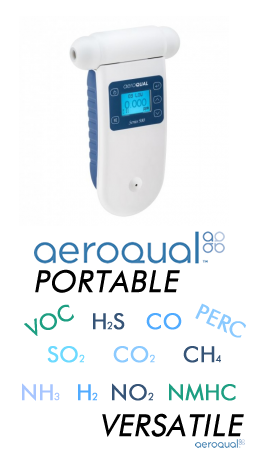Mercury ChromAir Badge (380018-10)
ChromAir chemical exposure badges are a color indicating making them easy to use and perfect for monitoring personnel safety.
Quantity = 10 badges *clips are NOT included*
Note: we are not able to ship these badges outside of the US
Shipping Note: We now only ship the Mercury badges Monday – Wednesday 2nd Day air. Since we only ship them those days, they do not require a cooler pack for transport. But badges should be refrigerated after receipt.
Color change for Mercury is from white to purple.
The ChromAir Mercury badge may be used for personnel or area monitoring for exposure times ranging from 15 minutes to 12 hours.
Introduction
Mercury is a silver-white, heavy, mobile, liquid metal with no specific odor. It is readily absorbed through the skin, the gastrointestinal tract and the respiratory tract. Chronic exposure may cause inflammation of the mouth and gums, kidney damage, muscle tremors, depression and nervousness. Mercury spills and heated mercury are particularly hazardous. OSHA and NIOSH exposure limit for mercury is 0.05 mg/m3 (TWA).
Mercury is used in barometers, thermometers, hydrometers, pyrometers, and in mercury arc lamps producing ultraviolet rays. It is also used in pharmaceuticals, agricultural chemicals and antifouling paints.
Principle of Operation
The ChromAir passive badge is a patented direct-read autogenic exposimeter. The device is constructed from five cells attached on one side to a flat indicator layer and on the other side to a series of different diffusive resistances. Mercury vapor diffuses to the cells through the different diffusive resistances and reacts with the indicator layer, producing color change from white to purple. The color produced on the indicator layer is a direct measure of the exposure dose. Visual color comparison is achieved by observing the formation of the beige threshold color on the individual cell and reading the corresponding exposure dose.
Pictured above is the additional color comparator that is used for higher resolutions and accuracy (available for Carbon Monoxide, Formaldehyde, Mercury).
Operating Instructions
1. Remove the pouch from refrigerator and allow it to warm to room temperature.
2. Remove the badge from its protective pouch.
3. Enter all pertinent information on the I.D. label before monitoring is started (i.e. name, location, date and start time).
4. For personnel monitoring, attach the badge near the user's breathing zone (i.e. collar) with the front side exposed to the surrounding atmosphere.
5. For area monitoring, attach the badge to a stand and mount in a centralized area with the front side exposed to the surrounding atmosphere.
6. Check the back side of the badge periodically to determine the exposure dose (mg/m3 •hr).
7. To read the monitor, locate the highest level cell with beige threshold color.
8. To obtain the average concentration (mg/m3 ) in the surrounding atmosphere, divide the exposure dose (mg/m3 •hr) by the exposure time in hours.
Example: If the sampling time is 2 hours and the badge reads 0.5 mg/m3 •hr, the average concentration is determined by: 0.5 mg/m3 •hr / 2hr. Therefore the average concentration is 0.25 mg/m3 .
Storage
The ChromAir Mercury badge should be refrigerated in its sealed bag at all times.
Sampling Parameters
|
Color Change |
white to purple |
|
Exposure range |
0.125 – 1.6 mg/m3 •hr |
|
Exposure range (with color comparator -384003) |
0.12 - 3.2 mg/m3 •hr |
|
Relative humidity range |
10% - 85% |
|
Face velocity range |
5 - 150 cm/sec |
|
Temperature range |
12ºC - 39ºC (54ºF - 102ºF) |
|
Light effect - UV (direct sunlight) |
no effect |
|
Light effect - visible |
no effect |
|
Refrigerated shelf life |
1 year |
Downloads
| Manufacturer | Morphix |
|---|---|
| Call For Price | No |
| Gas | Mercury |
| Standard Range | 0.125 – 1.6 mg/m3 •hr |
| Operational Temperature Range | 12ºC - 39ºC (54ºF - 102ºF) |
| Operational RH Range | 10% - 85% |
| Audible Alarm | No |
| Calibration | N/A |
| Sensor Life | 12 Hours |
| Range | 0.125-1.6 mg/m3-hr |
| Sensor Range | 0.125-1.6 mg/m3-hr |


















